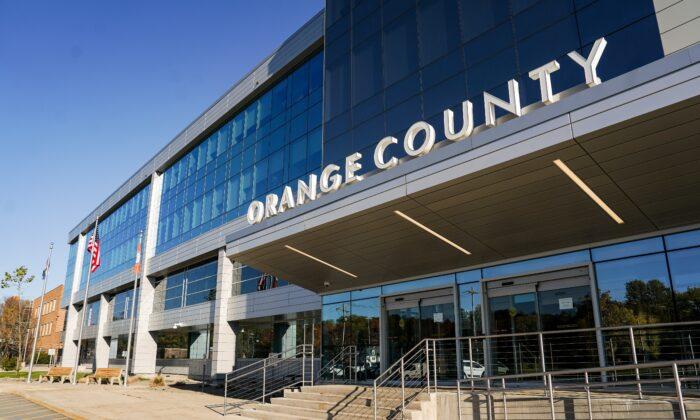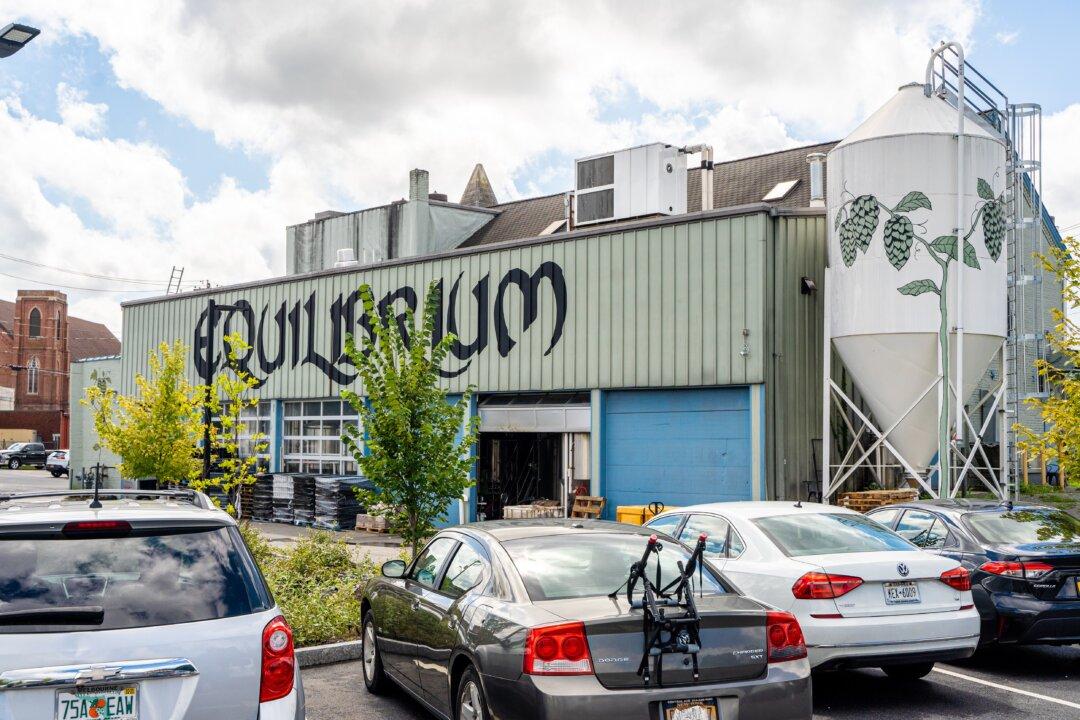Nearly 10 years of mitigation work in the Black Dirt Region has improved the area’s natural capacity for flooding, according to Orange County Water and Soil Conservation District Manager Kevin Sumner.
The region, with its fertile soil from a long-gone glacial lake bottom, remains the last major agriculture anchor of Orange County, where farm after farm was sold and paved in the past decades.
“The goal of the mitigation work is to keep the flooding at such a level that farming is economically feasible here,” Mr. Sumner told The Epoch Times. “We are never going to eliminate flooding.”
The biggest mitigation project undertaken by his organization by far is the construction of floodplain benches along the Wallkill River that cuts through the heart of the Black Dirt Region.
By extricating earth on the vertical riverbanks and creating layered benches, the project aims to restore the area’s natural capacity that has been gradually lost due to erosion.
Engineering studies estimated that with the constructed benches, some sections along the river would be able to contain two more inches of rainfall, according to Mr. Sumner.
Anecdotal farmer feedback also suggests the floodplain benches are working, he said.
One sod farmer in the Black Dirt Region had predicted, based on experience, that his crops would go underwater following a historic rainfall this summer, but they did not.
Though days later, another big storm quickly submerged 30 or so acres of the farmer’s land, and the impact could have been worse without the benches, Mr. Sumner said.
He added that the work not only benefited farmlands but also county and town roads in the region.
In the past 10 years or so, his organization has constructed benches along about 1 mile of Wallkill River using state grants and county funds. Mr. Sumner is seeking a $600,000 one-time funding from the county government in next year’s budget for the phase-four work.
“One of the things I really like about the floodplain benching project is that not only are we mitigating agricultural flooding but also restoring the river corridor back to something that approximates its natural healthy condition,” he said.
On top of floodplain benches, the conservation district also performs complimentary mitigation work, such as planting native vegetation, clearing fallen trees, and removing river debris.
Recently, Mr. Sumner also expanded the scope of the mitigation work downstream to beyond Maple Avenue in the Town of Wawayanda at the request of local farmers.
Funding
So far, about $4 million has been spent by the organization on flood mitigation work, with the state government footing $3 million of the bills and the county covering another $350,000.The bulk of the funding was a $2 million state grant secured by former state Sen. John Bonacic following the devastating Hurricane Irene and Tropical Storm Lee in 2011.
Farmers in the Black Dirt Region suffered $50 million in losses that year, according to Mr. Sumner.
“We were almost at the point where it was economically unfeasible to farm in that region because of the frequency of flooding, so we must do something,” he said.
That $2 million grant spearheaded the flood mitigation work at the organization 10 years ago, which continues to go on today with the help of other state funding and county support, he said.
The Orange County Water and Soil Conservation District was created through a county legislature resolution in 1967 to protect the county’s natural resources.
Agriculture has been the organization’s focus since day one, though it occasionally picked up programs tailored to landowners other than farmers or urban centers.
Aside from flood mitigation, the lean conservation district staff also runs projects in composting, farm manure management, and cover crops.







